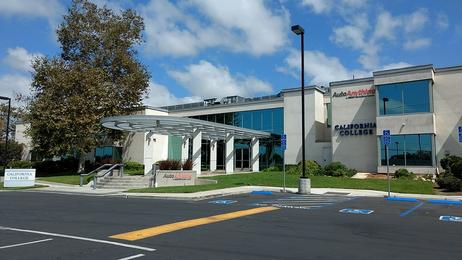Although STEM, an acronym for science, technology, engineering, and mathematics subjects is touted as the wave of the future for practical fields of study that can launch lucrative careers, it appears that women back in the 2000s were not taking full advantage of the STEM opportunities presented at community colleges today. The gap was a concern for employers who wondered if there would be enough skilled workers to fill their positions in the future. Why were women appearing to shy away from STEM degree programs? There were many reasons for the drop, but the primary focus of educators and employers wass to help women overcome the challenges of STEM studies in order to produce a qualified, competitive workforce for the 21st century. And those efforts appear to have paid off.
An Upward Trend
When this article was written in 2012, the trend was downwards. Data in 2020 suggests that the number of women pursuing fields of study in STEM subjects appears to be increasing. According to a report at the Community College Times, women earned 34 percent of two-year STEM degrees in 1997. In 2020, according to USAFacts, the number of women graduating in STEM subjects shows steady year-over-year growth.
The Association of American Colleges and Universities states that a college education remains the brightest path to a future of mobility and economic security. The STEM fields offer a particularly lucrative path, with higher than average salaries and projected job






















